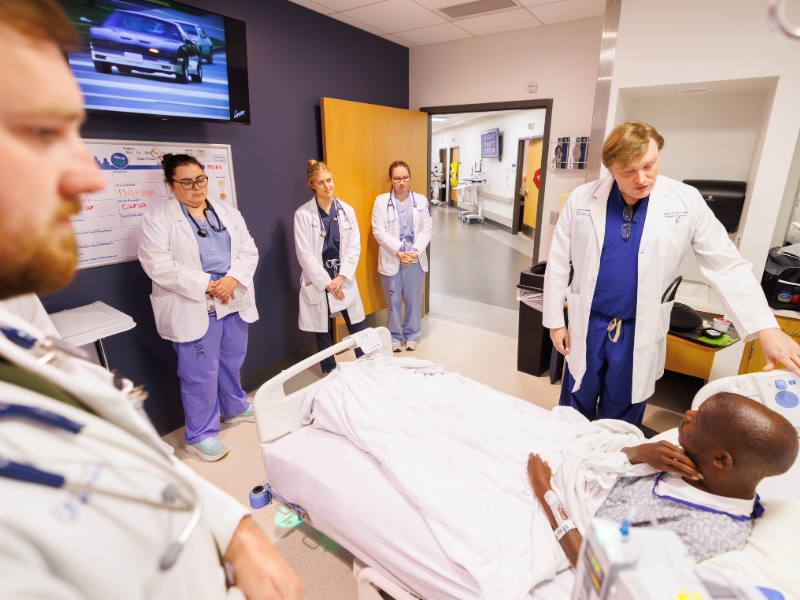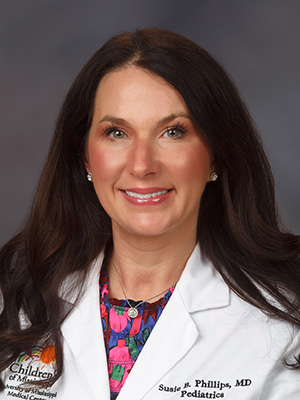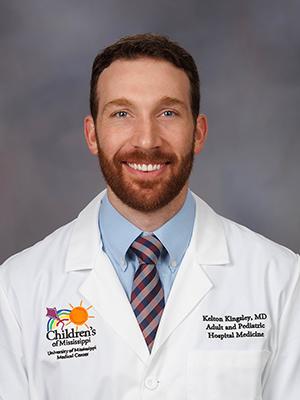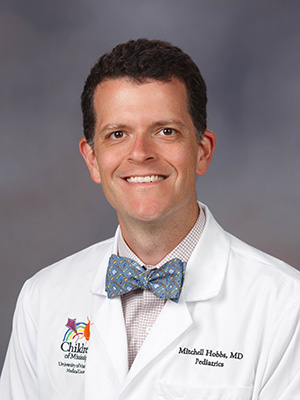That’s My Job: Hospitalists

When people think of medical specialties, they often imagine doctors who treat a specific organ system—cardiologists for the heart, pulmonologists for the lungs, and so on. But when a patient is admitted to a hospital, chances are a hospitalist will be at the center of their care.
“Hospital medicine is different,” said Dr. Frederick Asher, chief of the Division of Hospital Medicine at the University of Mississippi Medical Center. “It’s a field defined not by what’s treated, but where the patient is treated.
“Hospitalists are physicians who focus entirely on the care of patients during their hospital stay. They don’t have outpatient clinics or follow patients long-term—instead, they step in during what is often the most intense and vulnerable period of someone’s health journey.”
Hospitalists lead multidisciplinary medical teams to enhance quality of care, improve patient outcomes and streamline processes such as length of hospital stay and cost of care. They are trained in internal medicine and care for patients with a wide range of medical conditions.

“Because we are present in the hospital full-time, we’re especially skilled at recognizing changes in a patient's condition, removing barriers to timely treatment, and making sure communication across teams happens efficiently,” Asher said.
The term “hospitalist” was first coined in 1996, and the field has grown rapidly ever since. Today, hospitalists play a large role in inpatient care, especially at academic medical centers, where they also serve as clinician educators.
At UMMC, the Division of Hospital Medicine was created in 2008 with just three faculty members. Seventeen years later, it has grown to 24 physicians and four nurse practitioners who care for more than 160 patients each day. Division faculty also serve on admissions committees, as residency program associate directors and clerkship directors and regularly earn campus teaching awards.
Hospitalists at the Medical Center have spearheaded the conversion of the fourth floor of the Winfred L. Wiser Hospital for Women and Infants into a dedicated hospitalist unit with geographic rounding, bringing together physicians, nurses, case managers and other team members daily to keep everyone aligned around a shared care plan.

“The interplay between multidisciplinary teams is the most vital part to streamlined and specialized care of pediatric patients,” said Dr. Sue Phillips, chief of pediatric hospital medicine. “The nurses are such a constant for the patients and spend so much time at the bedside.
“We strive to have team rounds at the bedside with physicians, residents, medical students, social work nursing and pharmacy. This not only allows education to the patient and care team but also communication of the plan with all parties involved in care. It also allows families to ask questions and to ensure everyone is on the same page.”
While adult and pediatric hospitalists share the same goal of guiding patients through their hospital stay, their approach can sometimes look different depending on the age of the patient.

“Pediatric hospital medicine almost always involves discussing treatment options and plans with a family member or guardian,” said Dr. Kelton Kingsley, assistant professor of pediatric medicine. “Many adult patients can make their own decisions without assistance, but it is certainly not uncommon to need to discuss options with family members who are less often at bedside compared to pediatric family members.
The challenges at discharge are also very different, Kingsley said. Most children return to baseline health quickly, while many adults require ongoing support or rehabilitation after hospitalization.

“The emotional and psychological toll on caregivers of hospitalized children is immense, even for conditions that health care providers may consider ‘routine’ or commonplace,” said Dr. Mitchell Hobbs, associate professor of pediatric medicine. “It’s our job to validate these concerns and support caregivers not only for their benefit, but to build a partnership based on trust for the sake of their child’s health.
“Every blood test might mean more pokes and diagnostic procedures and imaging often require sedation, bringing its own set of risks for pediatric patients. Avoiding harm, both physical and psychological, is always at the forefront of our minds.”
For both adult and pediatric hospitalists, the reward is in being able to guide patients and families through some of their most difficult moments.
“One of the most rewarding aspects of hospital medicine for me is to care for a diverse group of patients and help guide them through some of the most complex and vulnerable moments of their lives,” said Asher. “I also value the opportunity to teach medical students and residents at the bedside, helping to shape the next generation of physicians.”


